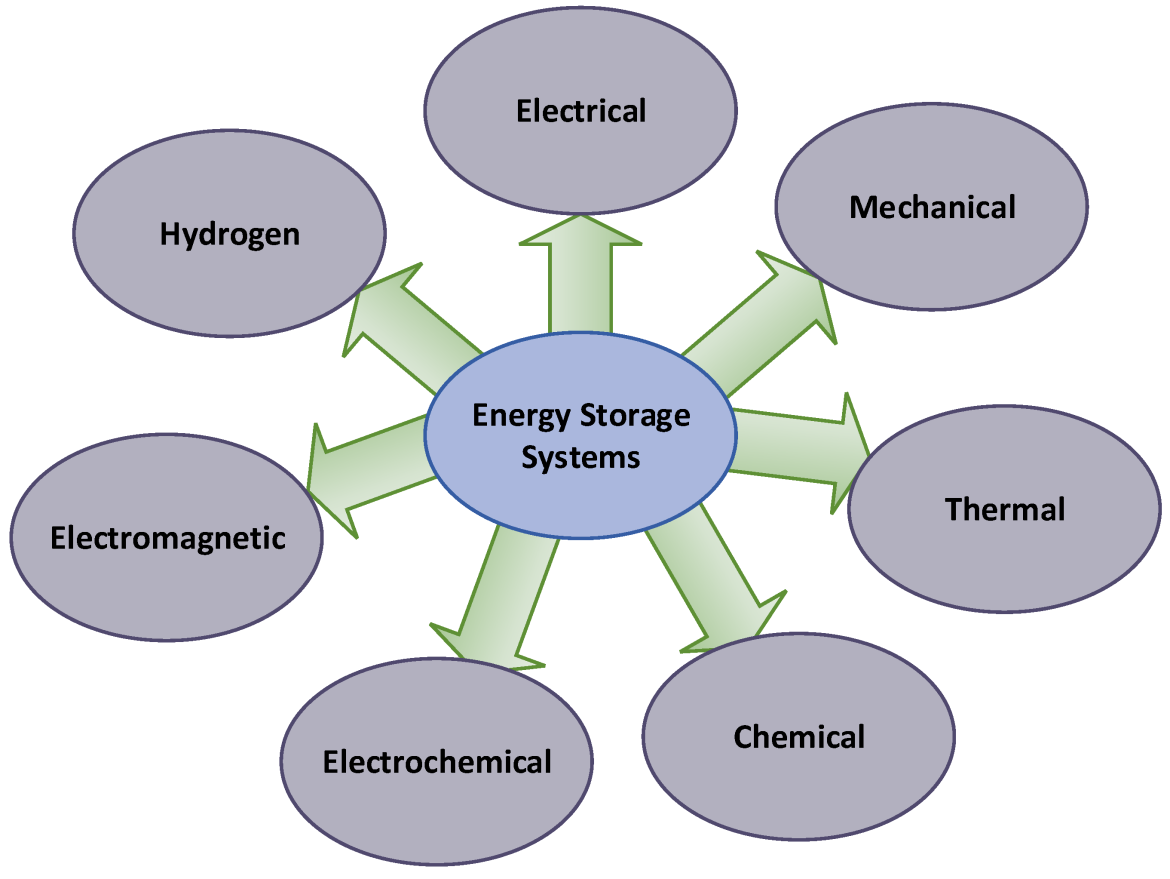Insulation testing for battery energy storage systems (BESS) is crucial for ensuring safety, reliability, and longevity of the systems. Here’s a general overview of the method:
1. Purpose of Insulation Testing
Insulation testing in Lithium-Ion battery systems helps to detect the integrity of the electrical insulation used within the Lithium-Ion battery modules and other system components. This test can identify potential electrical faults that could lead to failures or safety hazards such as short circuits or electrical shocks.
2. Types of Insulation Tests
- Megger Testing (Insulation Resistance Testing): This involves applying a high DC voltage (typically between 500V and 1000V) to measure the resistance offered by the insulation. High resistance indicates good insulation.
- Dielectric Withstand Test (High Voltage Test): This test involves applying a significantly higher voltage than normal operating levels to ensure the component can withstand potential voltage spikes without breakdown.
- Partial Discharge Test: This test is used to detect the presence of partial discharges in the insulation, which can degrade the insulation over time and lead to failures.
3. Testing ProcedureEquipment Setup
- Preparation: Ensure all components are de-energized and disconnected from power sources.
- Equipment: Use an insulation tester (megger), high-voltage test kit, and partial discharge measurement equipment.
Conducting the Test
- Visual Inspection: Begin with a thorough visual inspection of all insulation and associated hardware.
- Connection of Test Equipment: Connect the test equipment according to the manufacturer’s instructions and ensure proper grounding.
- Application of Test Voltage: Carefully apply the voltage as per the test being conducted (resistance, high-voltage withstand, or partial discharge).
- Measurement and Documentation: Record the values measured by the test equipment. Continuously monitor the system for any abrupt changes in readings which might indicate insulation failure.
4. Interpretation of Results
- Insulation Resistance: Values typically should be in the megaohms range. Low resistance values indicate deteriorating insulation or moisture presence.
- Dielectric Withstand Test: The insulation should not show any breakdown or arcing during the test.
- Partial Discharge Test: The results indicate the quality of the insulation and the presence of voids or imperfections.
5. Safety Considerations
- High Voltage Safety: Proper precautions must be taken to handle high voltages during testing.
- Personal Protective Equipment (PPE): Technicians should wear appropriate PPE including gloves and eye protection.
6. Follow-Up Actions
Based on the results, defective components should be repaired or replaced. Regularly scheduled insulation testing should be part of the maintenance routine for any battery energy storage system to preemptively address any emerging issues.
Insulation testing not only helps in maintaining the operational integrity of the battery energy storage systems but also enhances safety by preventing unexpected electrical hazards.

